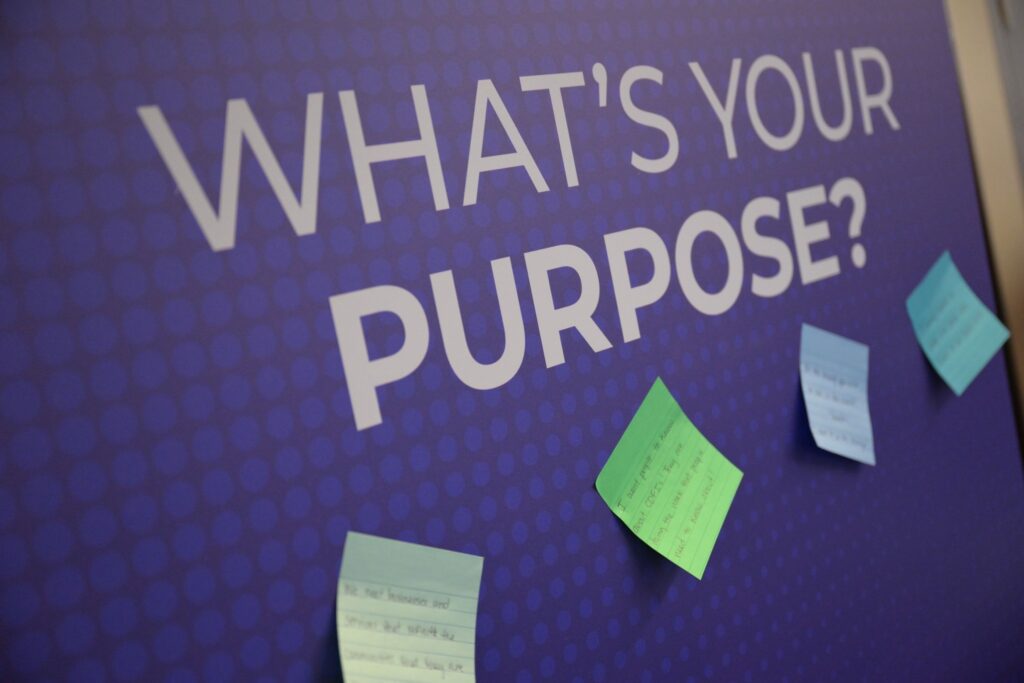
As organizations are engrossed in budgeting and planning sessions, we wanted to take a moment (or four) to highlight the need to consider Design Thinking in this process.
Design Thinking is a process that works across industries and is a proven method of attacking challenges and solving problems. It is all about putting the end-user first. It is not about what you think.
Design Thinking is about what your end-user needs. It is about stepping into their shoes, building empathy, and solving problems. This human-centered design approach lets you locate the end user’s pain points, understand the needed outcomes, and provide creative and innovative solutions.

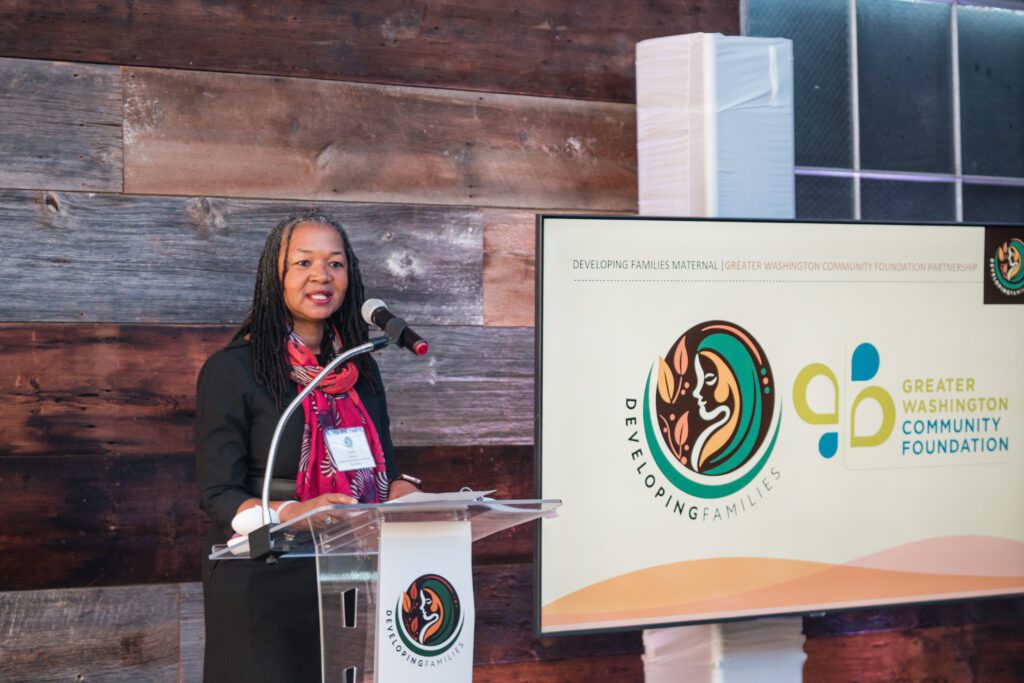
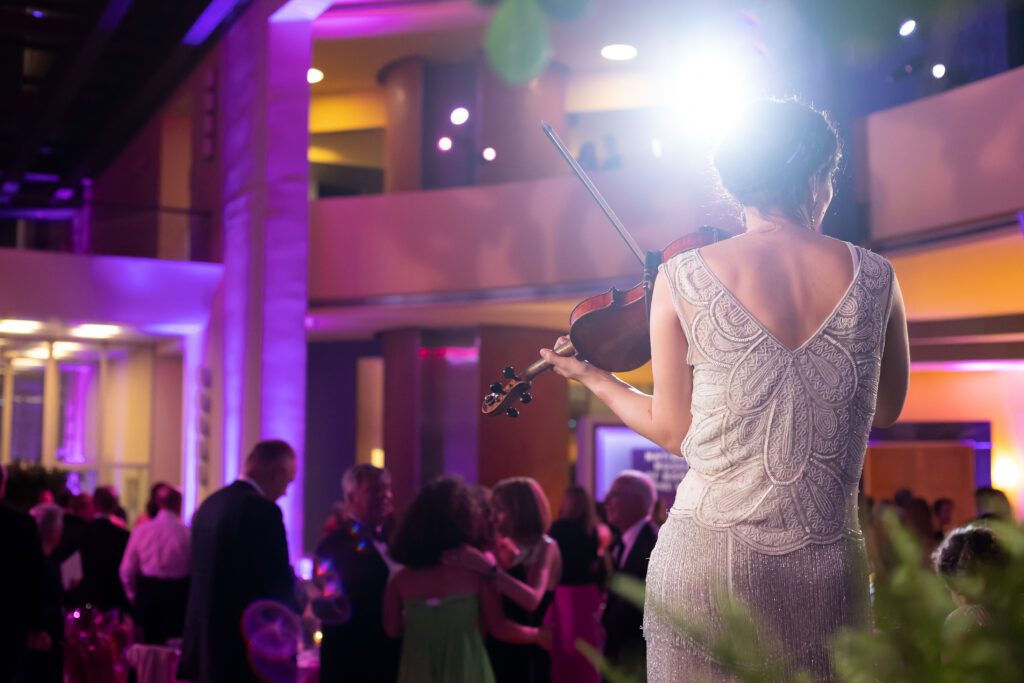
With increasing regularity, our corporate and nonprofit clients need help not only producing incredible experiences but also determining the impact of their endeavors to achieve the most thoughtful way to convene with their stakeholders and event attendees.
Stakeholders and potential event attendees are more discerning about which events to attend. As professional event architects, we are problem solvers who listen carefully and partner with our clients for solutions. We design and map experiences. We explore and understand the human needs of convening. We live the theory of Design Thinking.
This process isn’t linear; it’s flexible and fluid. Below are Five Steps to Design Thinking and while the order varies based on the experience, the key is going through this process with a lens of engagement effectiveness.
- Empathize and Focus on the End User – Good design starts with a deep understanding of the person/people you are designing for. While you plan events for your clients, the end-user, the attendees, and the stakeholders need to be the focus of what you are solving/designing for. Ask your client’ how their attendees’ interests have shifted. Do they have survey interests from past experiences? Dive into the details, as it will ALWAYS help.
- Identify and Define the Purpose – This challenge/ problem/ opportunity statement should guide your work. What is impacting your attendees, and why are they convening with your client to address these impacts? Your attendees need to feel heard and that their time was well spent.
- Ideate on the Solution – Once you have pinpointed the intention to solve, be intentional in your brainstorming for solutions. Be creative, make the experience interactive and personal, highlight information/research that can enlighten your attendees, and continue the dialogue after the experience.
- Create an Intentional Prototype for Your Overall Strategy – After you’ve created an event plan incorporating new, innovative, intentional, and impactful solutions with the highest possible ROI, identify how this can integrate into your overall strategy. These experiences need to be more than moments in time. They are intentional experiences highlighting your impact on your attendees’ lives and how you can continue to benefit them for years to come.
- Never Stop Testing and Improving – Determine if your event plan is a fit and answers the challenge of the end-user. Ask questions. Do stakeholders see a unique value in each touchpoint, experience, and event? Is the event or engagement portfolio cohesive and engaging? Get inputs from a diverse range of people. Evaluate and potentially go back to the ideation step.

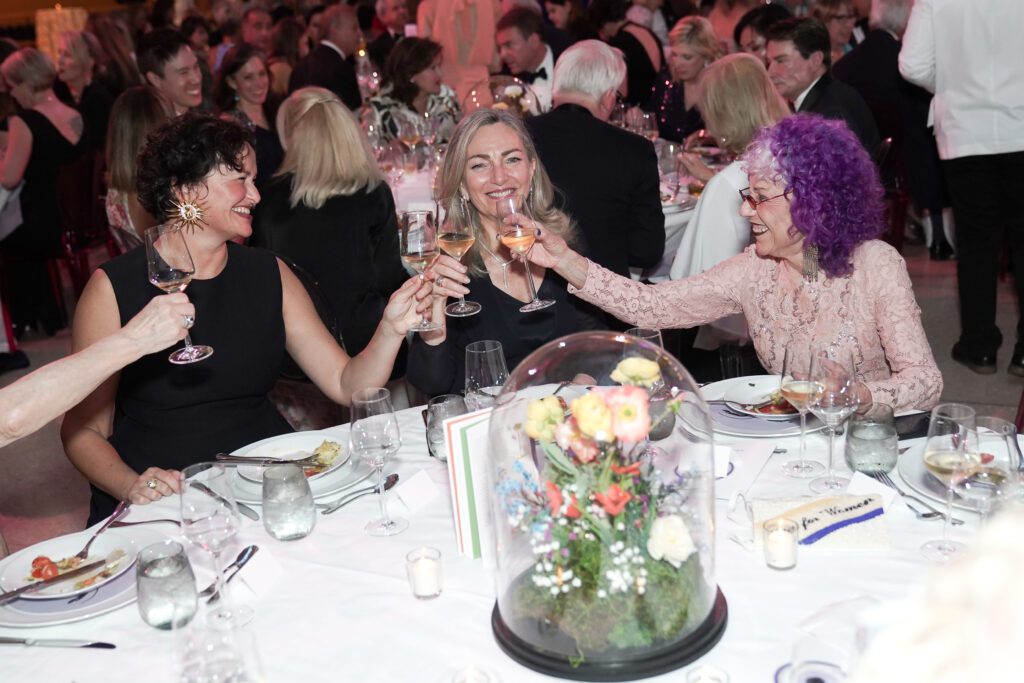
The process of Design Thinking helps tie together your event portfolio, milestones, engagement opportunities, end-user needs, and the integration of your current, past, and future events into the overarching stakeholder experience.
As you apply Design Thinking and a human-centered approach to solving challenges and building out event plans and strategies, you will deliver personalized and meaningful experiences, inspired interactions, and intentional convening opportunities that are memorable and impactful. Doing this will elevate your event, inspire the attendees, and contribute to a positive ROI.
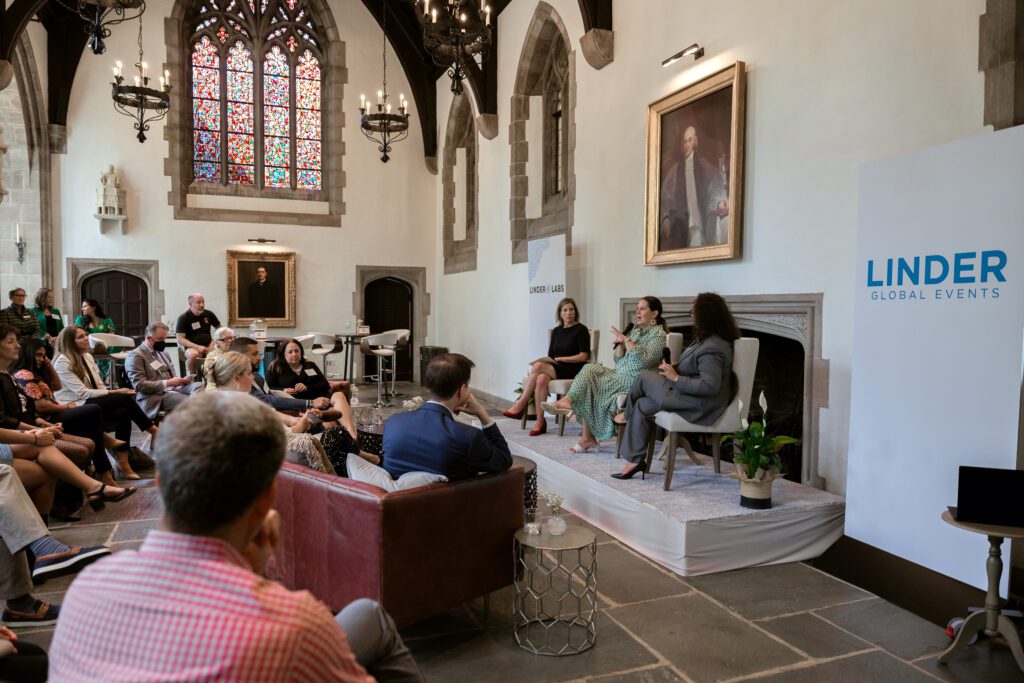

About Linder Global Events
Sitting firmly at the intersection of strategic convening and design, the Linder Global Events Team is dedicated to transforming lives through the power of strategically designed events. We create moments of inspiration, wonder, and influence that elevate each client’s brand, mission, and strategy.

Written by Regan Lamb – Chief Operating Officer
Regan is a mission-driven leader with a demonstrated talent for advancing organizational and business objectives. Regan and her team support purposeful and passion-driven organizations through superior customer service, strategic consultation, creative solutions, and flawless execution that result in the transformation of lives through the power of events.
Regan brings to Linder over two decades of experience in collaborative leadership, project management, community engagement, marketing, strategic communications, program development, business growth, and organizational and team development. Before joining Linder, she was the Executive Vice President and Chief Marketing Officer at OTM Partners, an integrated marketing and communications firm specializing in developing and managing nationally branded communications and public awareness programs with a focus on corporate social responsibility. Before joining OTM Partners, Ms. Lamb held several leadership roles, including Executive Vice President of Program Development, Managing Director of Education Operations, and Chief People Officer at Envision EMI. This leading experiential organization runs career exploration and leadership development programs for students in elementary school through college.
Regan is a graduate of American University’s School of International Service in Washington, DC, she resides in Northern Virginia with her family, is an active member of her community, a Girl Scout Troop Leader, former president of the AMADC (American Marketing Association DC Chapter), and a member of the Leadership Greater Washington Signature 2022 class.
